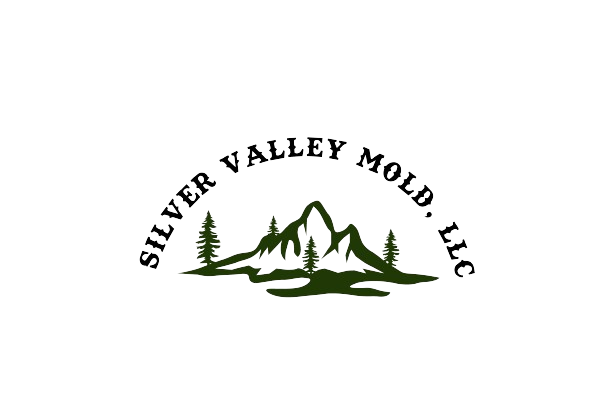Two very common mold inspection recommendations
Going into a mold inspection, we are never sure what we are going to find. We are always as detailed as we possibly can be and while searching every nook of a building, we often make all sorts of discoveries. Accompanied with our inspections we always have suggestions for our clients relating either to specific mold problems or improvements that can be done to limit moisture. Today we will cover two really common recommendations we have after performing a mold inspection.
Need for better attic ventilation
Need for better drainage around the building
First, attic ventilation. A lot of homes we inspect have attic vents but passive vents is so frequently not enough. Living in such a wet and cold climate, relative humidity is high and cold attic temperatures can cause condensation when we heat our homes inside. More ventilation and installing a fan can be a cost effective way to decrease the chance of lingering moisture in an attic. We recommend a regular schedule of inspecting your attic to catch potential problems before it has an opportunity to turn into something major.
Second, better drainage. With lot’s of precipitation, high water table and homes built on a slope we frequently see standing water around and even under homes. What we look for when we are inspecting is the ground to have a 1” drop for every foot you move away from an exterior wall for the first 8-10’. In some cases this isn’t even possible with how close a home can be built to a hillside, in this case we start getting into the need to install a french drain. French drains can be a great method of re-routing water around our home and can also work great on flat properties too.
These problems may or may not be applicable to you now but we hope they are a helpful reminder. Our mold inspections are very detail oriented and use a variety of diagnostic tools. When we come out we try to visualize as much of your space as possible and when we can’t we employ thermal imaging and borescopes as well as measuring humidity, temperature and more.
